



Better insights, better decisions, better outcomes.

Better insights, better decisions, better outcomes.
Drive student growth —and positive change
Supporting growth for more students in more grades across more subject areas than any other assessment provider, MAP Growth also connects to the largest set of instructional content providers.
million students served
35900+schools
districts
146Countries
Get clarity for making critical decisions
Educators trust the computer-adaptive MAP Growth assessments to inform their most impactful decisions about student learning.
Screen every student
with an accurate, efficient, and effective universal screener for RTI, MTSS, and other
models.
Place students precisely
into the programs that will maximize their growth.
Drive instruction
with strategic, data-driven decisions to help students access grade-level content.
Accurately measure growth
over time with the grade-level independent RIT scale.
Evaluate efficacy
with detailed reports ranging from the student to the district level.
Predict performance
on upcoming state tests, ACT, or SAT.
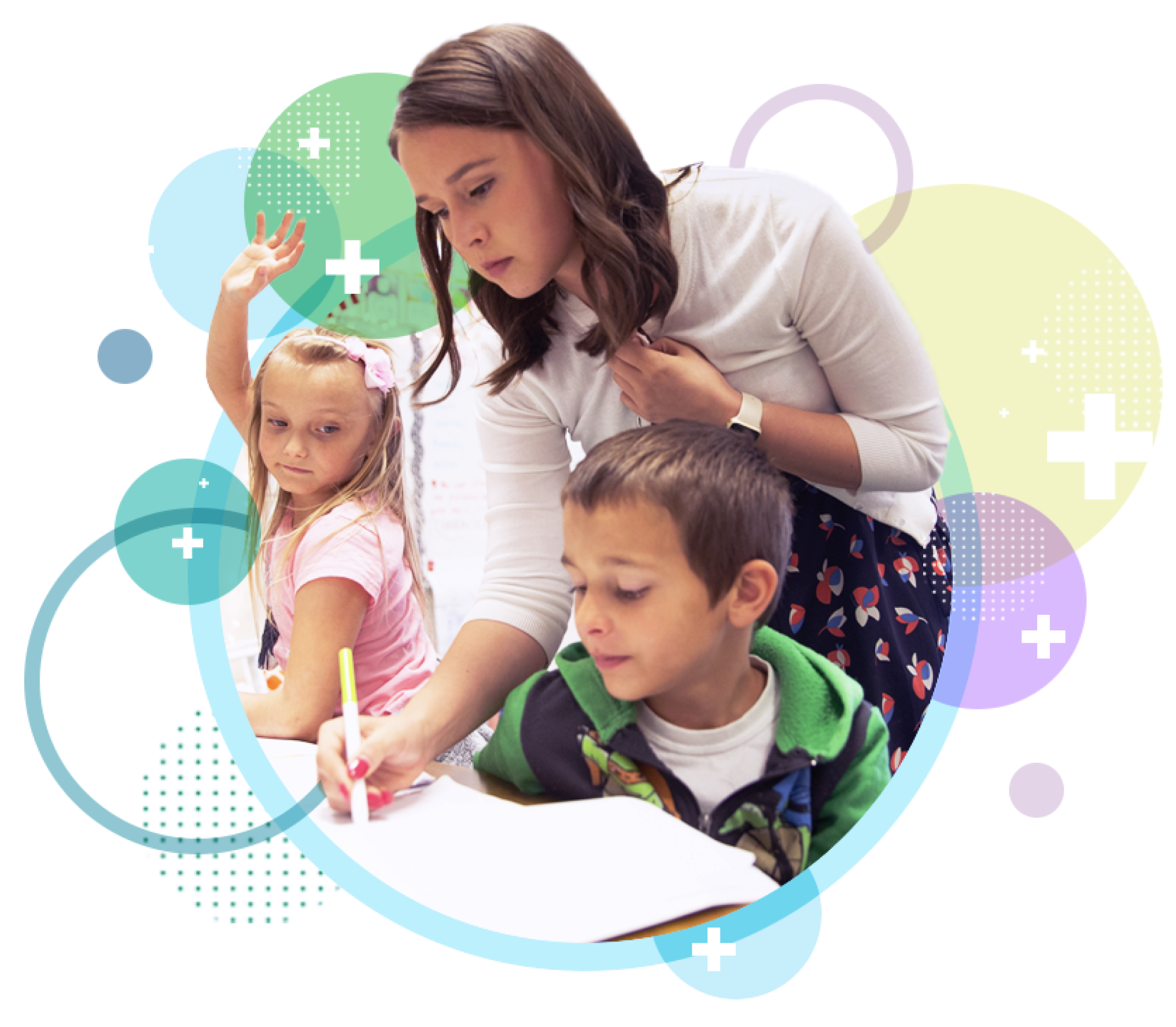

Focus on next steps with easy-to-understand reports
Comprehensive, straightforward Profile reports make it easy to find and act on insights at the student, class, school, and district level.
The most comprehensive subject and grade coverage
MAP Growth measures academic growth and achievement across a wide range of subjects, catering to both English and Spanish speaking students from kindergarten through twelfth grade.
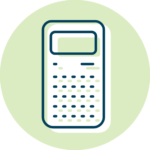
MATHEMATICS

READING
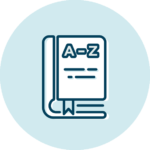
LANGUAGE ARTS
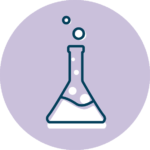
SCIENCE

MATHEMATICS

READING

LANGUAGE ARTS

SCIENCE

The power of choice
Personalize instruction for your students through a seamless integration with over 30 leading supplemental learning providers.
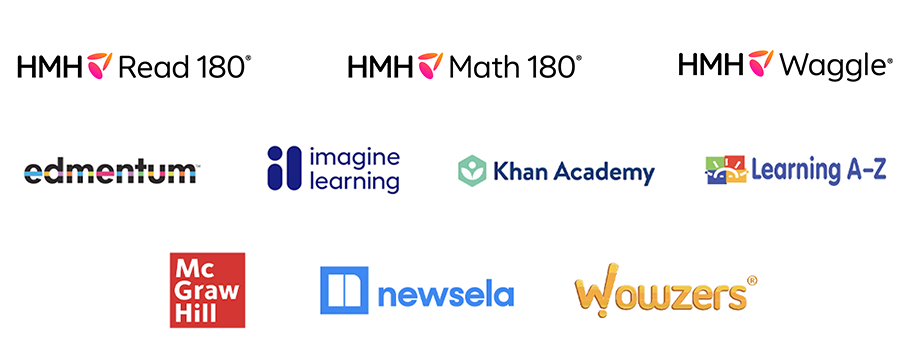
More school and district leaders rely on MAP Growth
Hear how teachers in Odessa, Texas, get the right information from MAP Growth to make the kinds of well-informed decisions that change lives.
See the results
Case studies from large and small districts across the country all point to the fact that insights from MAP Growth drive student growth and positive change.


We’ve been helping educators build a culture of data for decades to foster the kind of high-quality, ambitious instruction that maximizes the capabilities of MAP Growth. We can help you reach your goals.
